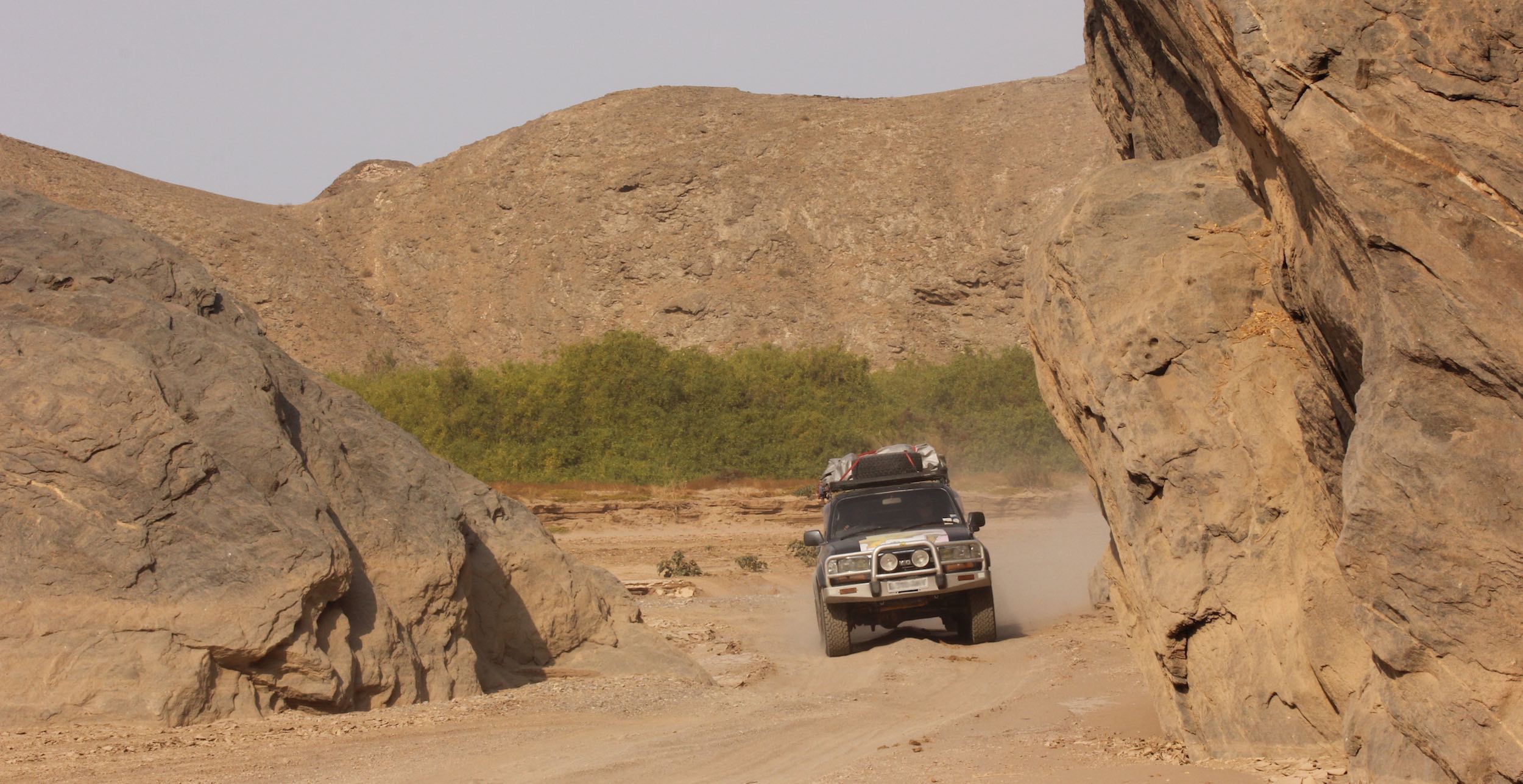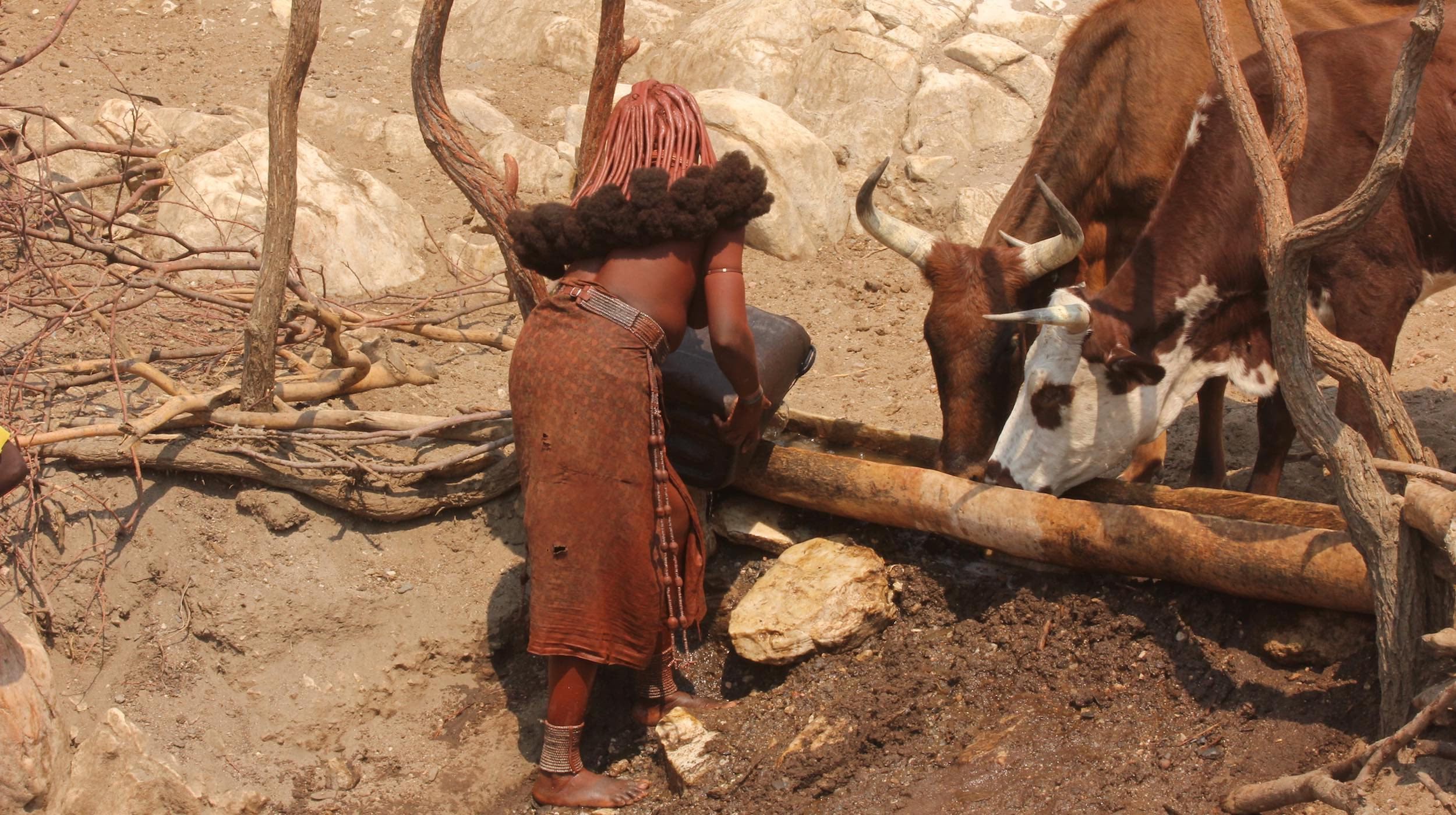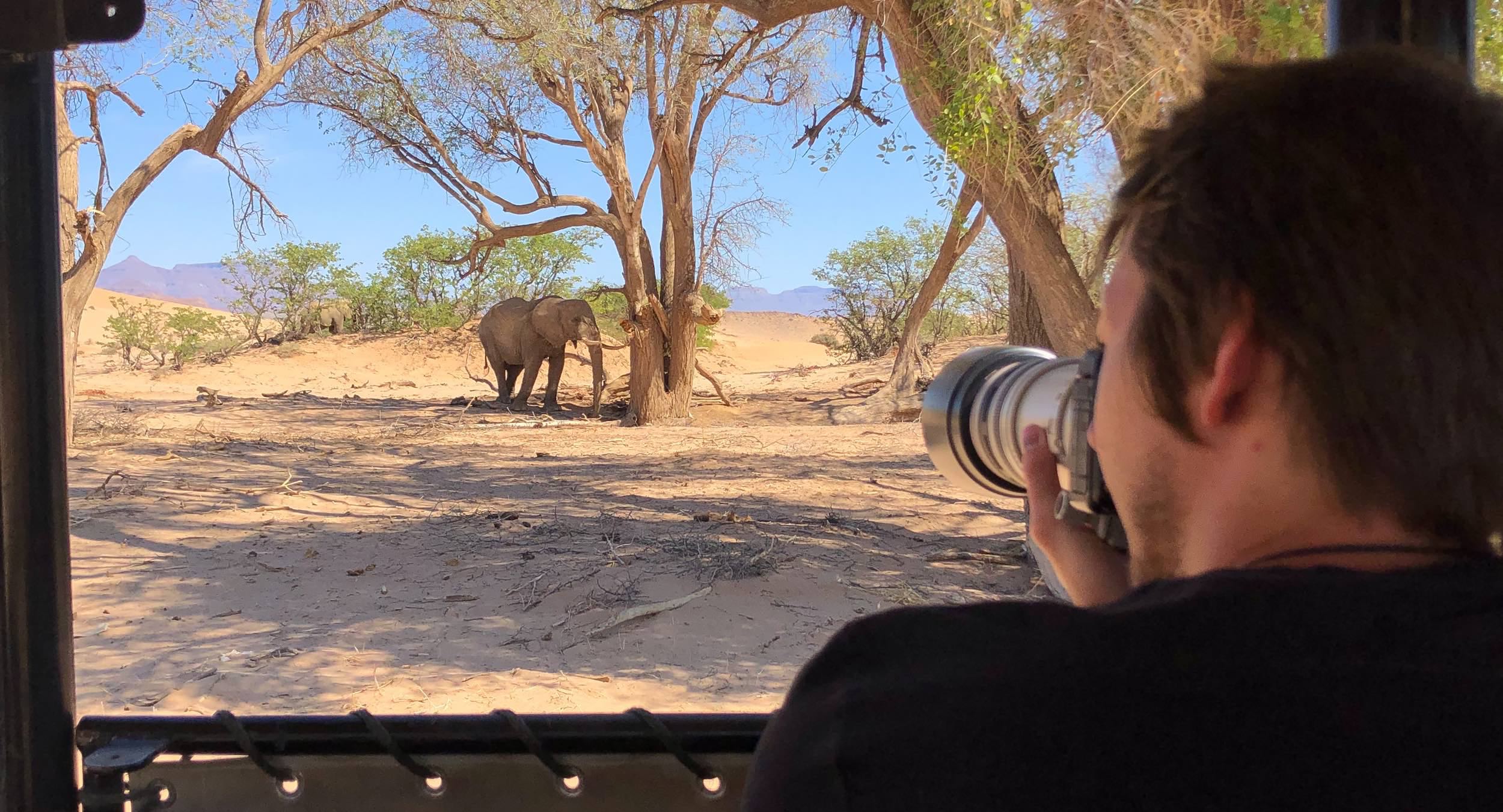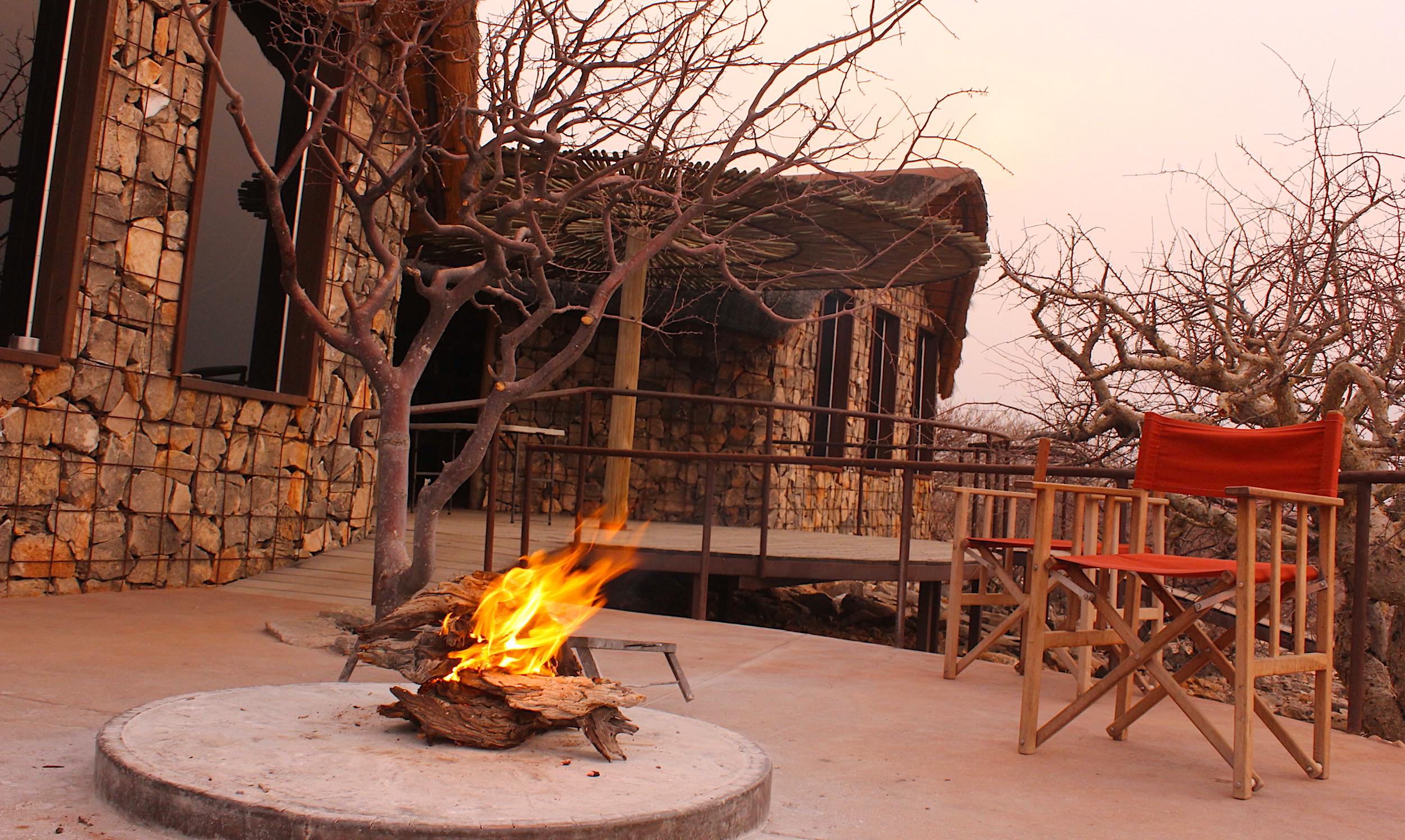
Why is responsible tourism important?
Namibia welcomes both independent travellers and organised tour groups to enjoy our expansive landscapes and the wildlife that inhabits them. While tourism is an important source of income for many Namibians and helps fund wildlife conservation, it can have negative impacts if it is not done in a responsible manner. There are many examples worldwide where tourism destroys the very attractions the industry depends upon to survive. The impacts (which can be positive or negative) of tourism fall into three broad categories: economic, social and environmental.
Economically responsible tourism companies seek to use services and products within the host countries, or even better, from people living in the immediate vicinity of the places they visit. The social dimension of tourism relates to visitors meeting and interacting with local people; responsible tourists strive to ensure that these interactions are culturally appropriate, mutually beneficial and on terms set by local people. The influx of people into a country or around a particular attraction invariably results in environmental impacts, which responsible tourists seek to minimise as much as possible.
What can I do to be a responsible tourist?
Whether you travel independently or within a group, your behaviour can make a difference. Independent travellers have a special responsibility, however, as they can choose where to go and what to do when they get there. Driving a 4x4 all-terrain vehicle through Namibia’s immense landscapes provides a sense of freedom rarely experienced elsewhere. Yet this freedom must not be abused.
Responsible behaviour is especially important in the unfenced communal lands outside National Parks. What appears to be wilderness to visitors is a place Namibians call home. Similarly, desert landscapes that look empty and durable are actually home to sensitive plants and animals and can be environmentally fragile. Driving off-road where there are no existing tracks can disturb sensitive plants and leave long-lasting scars on the landscape. Whether you are in a National Park or outside in what appears to be a wilderness, stay on existing roads at all times.
Similarly, one should use existing campsites, rather than creating a new campsite in the wild
. People living in these wilderness areas have created their own community campsites
to accommodate tourists and thus generate some income from visitors to their backyards. Camping in undesignated places will deprive people of this income and may disturb animals. It may even be dangerous, as places like dry riverbeds may come down in flood without warning and wash your camp away.

When interacting with local people, show respect for their culture and do not exploit them in any way. Ask permission before taking photographs and do not hand out sweets to children. If you would like to help the community, find out where the conservancy office or local school is located and speak to the manager or headmaster about how you can help. If you are looking for a cultural experience, there are several living museums
that showcase the local culture and history of different tribal groups – supporting these community-run projects is much better than imposing on people who are going about their daily lives for a photo opportunity.
Another easy way to be responsible is to minimise the single-use of plastic containers (e.g. water bottles) during your journey, never discard any rubbish except in dedicated dustbins, and recycle what cannot be reused. There are no recycling options in a wilderness area, so keep your recyclables with you until you reach a main town where recycling is an option.
When encountering wild animals, keep a respectful distance and stay in your car (or tent/room) for your safety and theirs. Do not pay to interact with captive animals and never feed a wild animal under any circumstances. Make sure that any food or edible waste is kept in a vehicle or secure container to prevent animals from developing food-stealing habits.

How do I find responsible tour operators or lodges in Namibia?
While your own behaviour while visiting Namibia is crucial, how the tourism lodges or tour operators (if you are on a guided tour) work within the country is also important. It is sometimes difficult to discern responsible and irresponsible companies by looking at their websites or reading reviews from other customers. In Namibia, two non-governmental organisations are helping increase responsible tourism practices among lodges and operators in the country.
Tourism Supporting Conservation (TOSCO) aims at mobile tour operators who visit National Parks and wilderness areas with their guests. Operators who are members of TOSCO pledge to abide by a code of conduct that is even more detailed than the advice given here. Their TOSCO membership fees contribute to conservation projects around the country that focus on endangered wildlife and uplifting local communities. TOSCO members are listed on their website.

Eco Awards Namibia focuses on lodges and campsites (although some tour operators are included) in the country that strive to reduce their environmental impact in their immediate vicinity. The Eco Awards certifies these establishments and rates their eco-friendliness through annual visits, assigning five flowers (as opposed to stars) to those that meet the highest standards. You can find out which accommodation options are most eco-friendly on the Eco Awards website.
For articles on similar topics, please click one of the following options:
If you enjoyed this page, then you might also like:



We use cookies to monitor site usage and to help improve it. See our Privacy Policy for details. By continuing to use the site, you acknowledge acceptance of our policy.